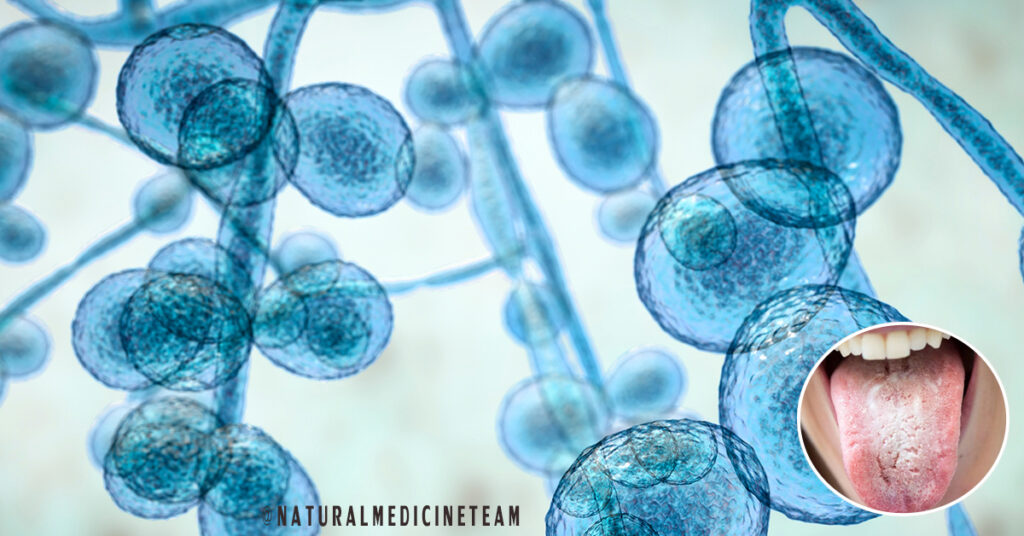Table of Contents
Recurrent urinary and venereal infections
The candida may be naturally present in the vaginal tract of women. An uncontrolled increase in the number of this fungus can cause candidiasis of the vagina. It is estimated that 75% of women, at least once in their lifetime, develop this fungal infection, and half of them will have at least one recurrence of the infection.

Symptoms of this infection are redness, intense itching, pain while intercourse, and white discharge. Although less common, candidiasis is also possible in the urinary tract. They are most common in the elderly, patients in hospitals, and those with impaired immunity.
The symptoms are pain when urinating, frequent need to urinate, cloudy urine with an atypical odor, and pain in the lower abdomen. The bacterium Escherichia coli is a more common cause of infections with such symptoms, but proper testing completely solves the dilemmas.
Digestive problems
As mentioned, the candida may also be present naturally in the small intestine. The health of the entire digestive system largely depends on the balance between the “good” and “bad” bacteria in the natural microflora.
Beneficial or “good” bacteria help us digest some components that we can not digest, and are present in food (indigestible starch, fiber, some sugars, etc.).
Potential imbalances in the intestinal microflora can lead to candida infections, which can cause diarrhea, constipation, nausea, vomiting, and cramps, and abdominal pain.
Recent research also shows that candidiasis in the digestive tract can be a risk factor for some more serious diseases, including ulcerative colitis and Crohn’s disease.
Sinus infection
Most chronic sinus infections are thought to be caused by fungi. If the sinus infection lasts for more than 1 month, the candida is also a possible cause.
Skin and nail infections
Just like in the stomach, so on the skin, there are many other microorganisms that limit the growth of the candida. Changes in the natural state of the skin microflora for various reasons (excessive washing of the skin with various preparations, disinfectants, dishwashing detergents, etc.), can lead to uncontrolled growth, and even infections with the candidate.
Infections are possible anywhere on the skin but are most common under the armpits and groin. The symptoms are redness, intense itching, and red blisters. Similarly, these yeasts can cause nail infections.
Joint pain
If candida infection is not treated, its cells can enter the bloodstream and circulate throughout the body. In this way, they can reach the bones and joints, causing infections (osteomyelitis) that result in pain, numbness, but also an increased risk of arthritis.

